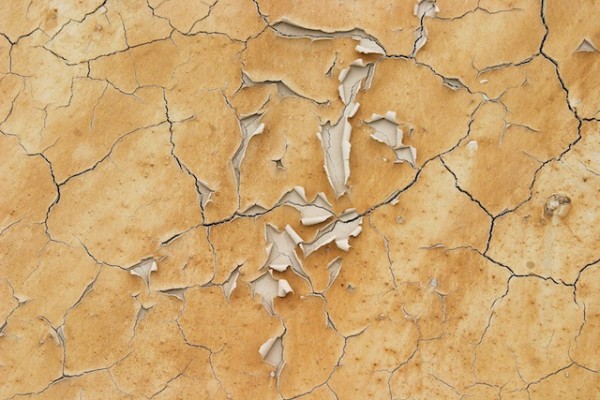
Who is at risk?
Many people are prone to develop dry skin. Examples include those who have or have in the past had atopic dermatitis. This is a common form of eczema that affects up to 20% of the population at some time in their lives. Atopic dermatitis is an inherited disorder of the skin barrier, characterized by an increase in surface pH and a deficiency in the lipids (fats) – especially of ceramides – that form the permeability barrier. Dry skin, even in regions not affected by the eczema, almost always occurs in people with atopic dermatitis.
Dry skin is a sign of a leaky skin barrier.
When the barrier is weak, not only does it allow our precious internal water to leak out, it also is less able to hold water within its outer skin cells – or ‘corneocytes’. This leads to the drying, flaking, and often, the itching that we experience as dry skin.
It becomes increasingly common as we age. Our research has shown that skin barrier function begins to decline as early as 50 years of age. This age-related barrier dysfunction is attributable to an increase in the pH of the skin surface, as well as a decreased production of the lipids required for a competent permeability barrier.
It’s also more common in winter – earning the name, ‘winter itch’. But why in winter? Those of us who live in higher latitudes tend to remain indoors for extended periods of time, where we are surrounded by forced air heating. Typically, the humidity inside our homes declines to less than 5% during winter.
When the atmosphere is this dry, it places substantial stress on the skin’s ability to hold back water from leaking out. In normal individuals, the epidermis is able to adjust, and retain optimal function. But in many people, such as those with atopic dermatitis or the elderly, the skin cannot fully adjust. And under this seasonal stress, dry skin makes its appearance, or if always present, it worsens.
Indeed, the list of those of us at risk for the winter seasonal drying out of our skin should now be expanded to include anyone with ‘sensitive skin’. Rosacea – a later-onset type of acne accompanied by facial flushing – is another common skin disorder associated with an impaired skin barrier and a tendency towards drying of our facial skin. Taking all of these causes together – a lot of us may experience dry skin this winter!
What Can Be Done About Dry Skin?
Often dry skin is the result of an insufficient quantity of lipids (fats) that the skin makes to waterproof our bodies. But the many lotions that are advertised to treat dry skin consist mostly of water, and nearly all of these formulations fail to deliver sufficient lipid to replace what is missing or needed. Moreover, as the water in these lotions evaporates from the skin surface, it pulls out some of the skin’s own water supply.
Hence, although lotions easily spread over the skin, dermatologists often recommend products in a cream or ointment base, because these types of products generally supply more moisture-trapping lipids. Nowadays, however, with advances in the technology of formulations, some lotions can be quite lipid-rich, and conversely, some creams can be quite watery.
In sum, while most lotions will not provide enough lipid to correct the problem with dry skin, there can be exceptions to this rule.
Even when they are present in sufficient quantities, the lipids in products for dry skin are often out of balance. The normal skin barrier relies upon a balanced ratio of three types of lipids – ceramides, cholesterol, and fatty acids. When products contain only one or two of these classes, as they mix with the skin lipids they upset this balance and worsen its barrier.
Although these lipid-deficient or unbalanced products typically feel good when initially applied to the skin, they have the net effect of further drying the stratum corneum – leaving the skin drier than ever.
In addition to the lipid content of dry skin products, another consideration is their pH. The optimal pH for skin care products ideally should be in the acid range. Yet, most consumers will have little information to guide them in their choice of emollient, either in terms of their water content or their pH. A recent study by Shi and coworkers examined the pH and water content of a number of emollients that are available in the US. We have provided this information in our free booklet, Taking Good Care of Your Skin.
If your skin is very dry and itchy, you may benefit from a barrier-repair formulation. Ideally, products using this terminology should repair the lipid deficiency and imbalances causing dry skin. Please see our recent post on moisturizers vs. barrier repair formulations for more on this subject.
Leave a Reply